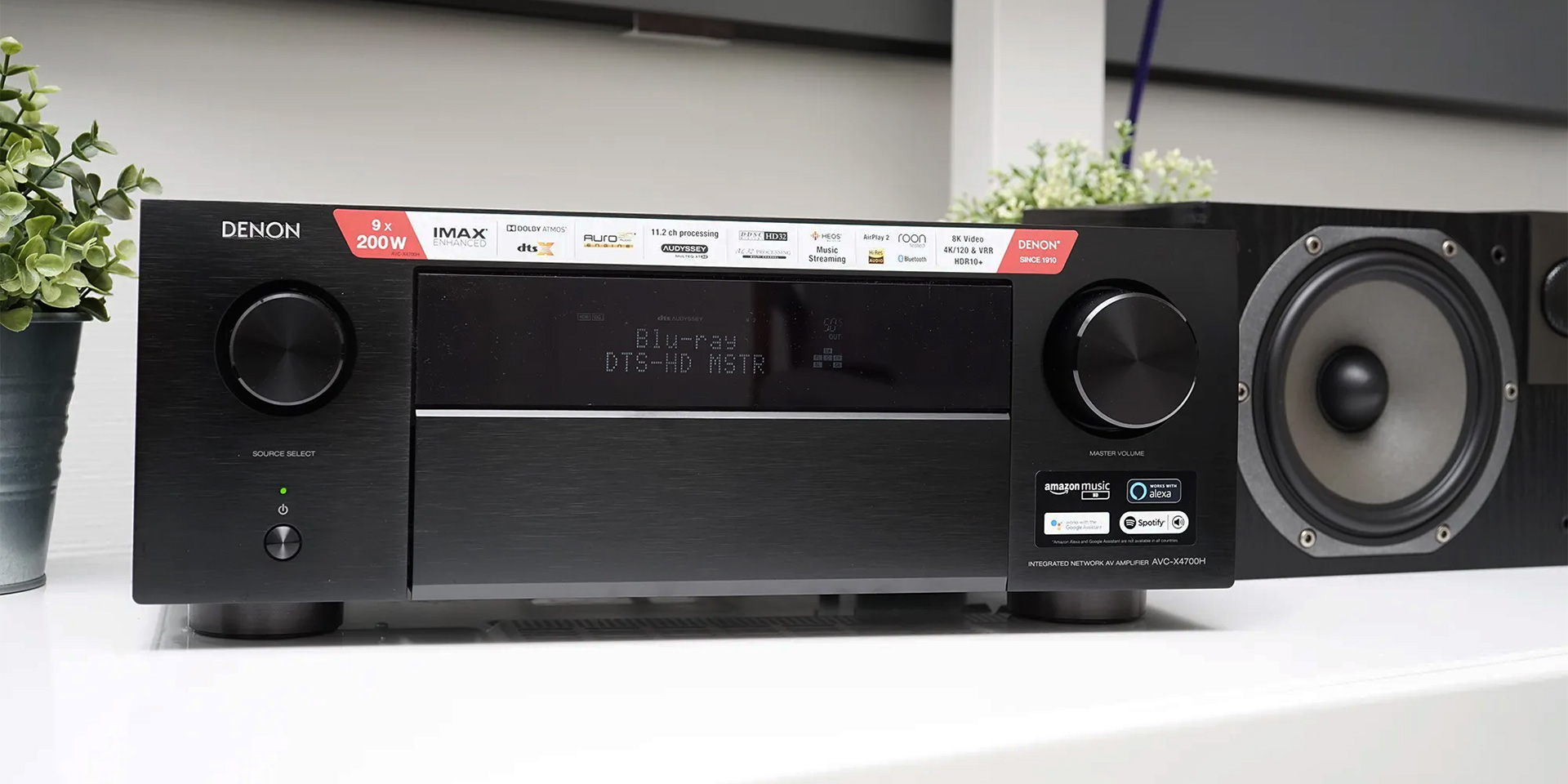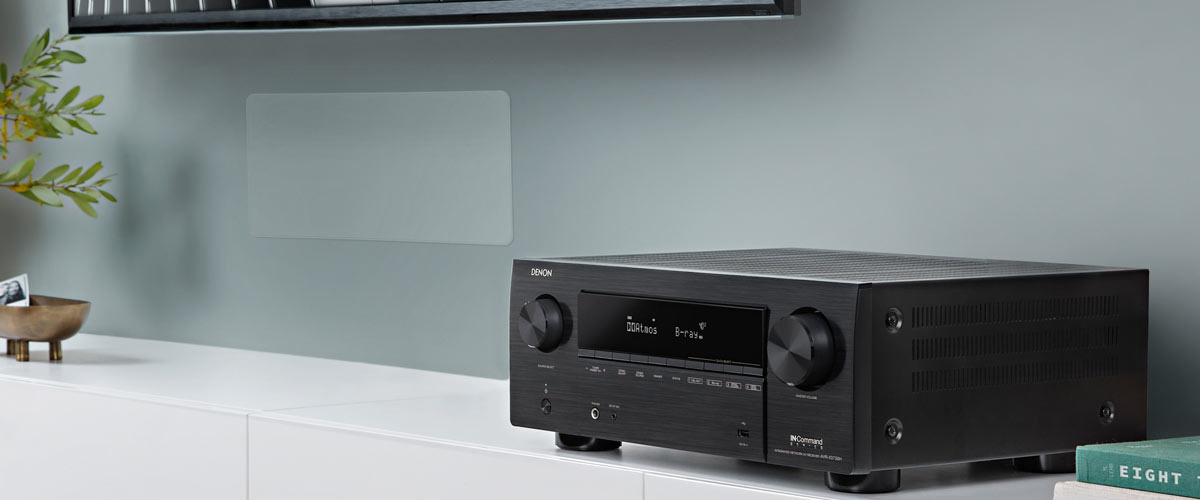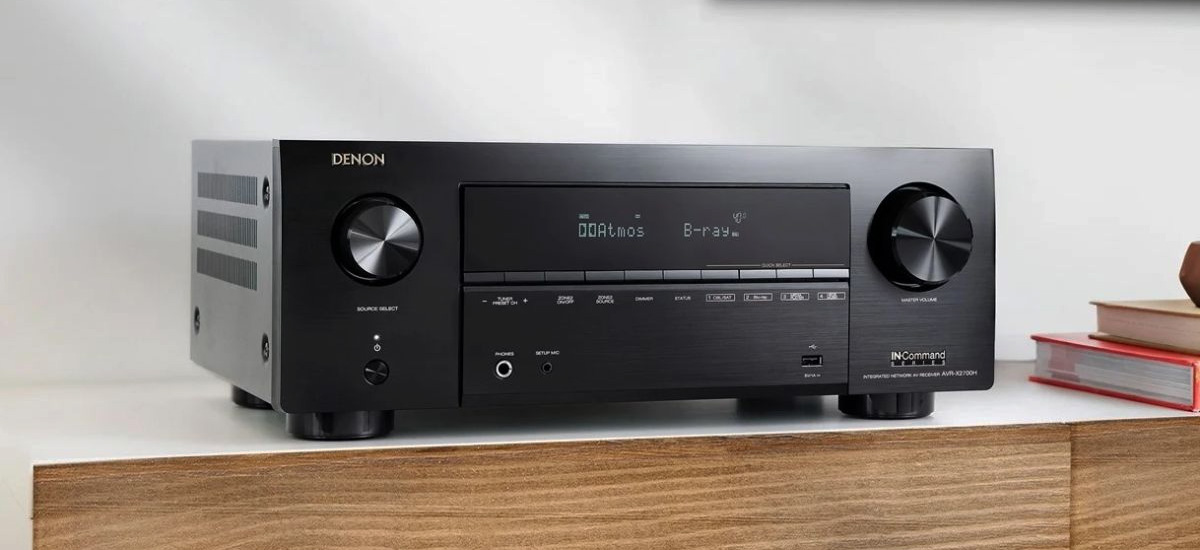
Setting up a home theater system can be intimidating, especially when it comes to connecting your audio/visual (AV) receiver. Understanding the ports and cables that are involved can feel like a daunting task. But don’t worry – with this helpful guide, you’ll quickly have your AV receiver setup in no time!
Connecting your AV Receiver
Audio connections
Connecting your AV receiver to your speakers requires connecting the speaker cables from each of your speakers into their corresponding color-coded terminals on the back of the receiver. Most receivers have a separate set of terminals for each of the front, center, and surround channels.
Video connections
You’ll also need to make sure that any video sources are connected to the receiver. This will usually involve connecting an HDMI cable from your source (such as a Blu-ray player or game console) into one of the HDMI ports on the back of the receiver. Additionally, you can connect your television to the receiver using either an HDMI port or a set of composite/component video cables.
Other connections
Depending on your setup, you may also need to consider additional connections such as an antenna for over-the-air broadcast signals, or a connection to your home network for streaming audio.

Choosing an AV Receiver
When choosing an AV receiver for your home theater system, it’s important to consider the features that are most important to you. Think about how many speakers you want to connect, what type of audio formats you want to support (Dolby Atmos or DTS:X, for example), and whether you need 4K video pass-through.
How many watts per channel do I need? This can vary depending on the types of speakers that you are using. Most receivers will have a specified wattage range – it’s important to make sure that your receiver has enough power to drive your speakers adequately.
Once you’ve chosen an AV receiver and connected everything properly, all that’s left is to sit back, relax and enjoy your home theater experience! With these tips, you’ll be well on your way to setting up the perfect AV receiver for your needs.
Configuring your AV Receiver
Speaker configuration and calibration
Most AV receivers will have a built-in speaker configuration and calibration system that can be used to adjust the sound based on your particular setup. This may include optimizing the levels of each speaker, choosing a listening mode (such as stereo or surround sound), and other settings specific to your receiver model.

It’s important to note that these settings should be adjusted based on your particular speakers, room acoustics and listening preferences. If you’re not sure what settings to use, consult the user manual for more detailed information or refer to an audio/video expert for advice.
Audio and video settings
Your AV receiver also has a number of audio and video settings that you can adjust depending on your preferences. This may include selecting the type of surround sound (Dolby Digital or DTS:X, for example) for movies, or setting up an equalizer to customize the sound for music. Additionally, you may be able to choose the type of video output (such as 1080p or 4K) and even configure the picture quality settings.
Setting up an AV receiver may seem daunting at first, but with a little guidance and knowledge you can quickly have your home theater system setup and ready to go. By understanding the types of connections available, choosing an appropriate receiver and properly configuring your speaker setup, you can enjoy the best sound and video quality from your home theater system.

